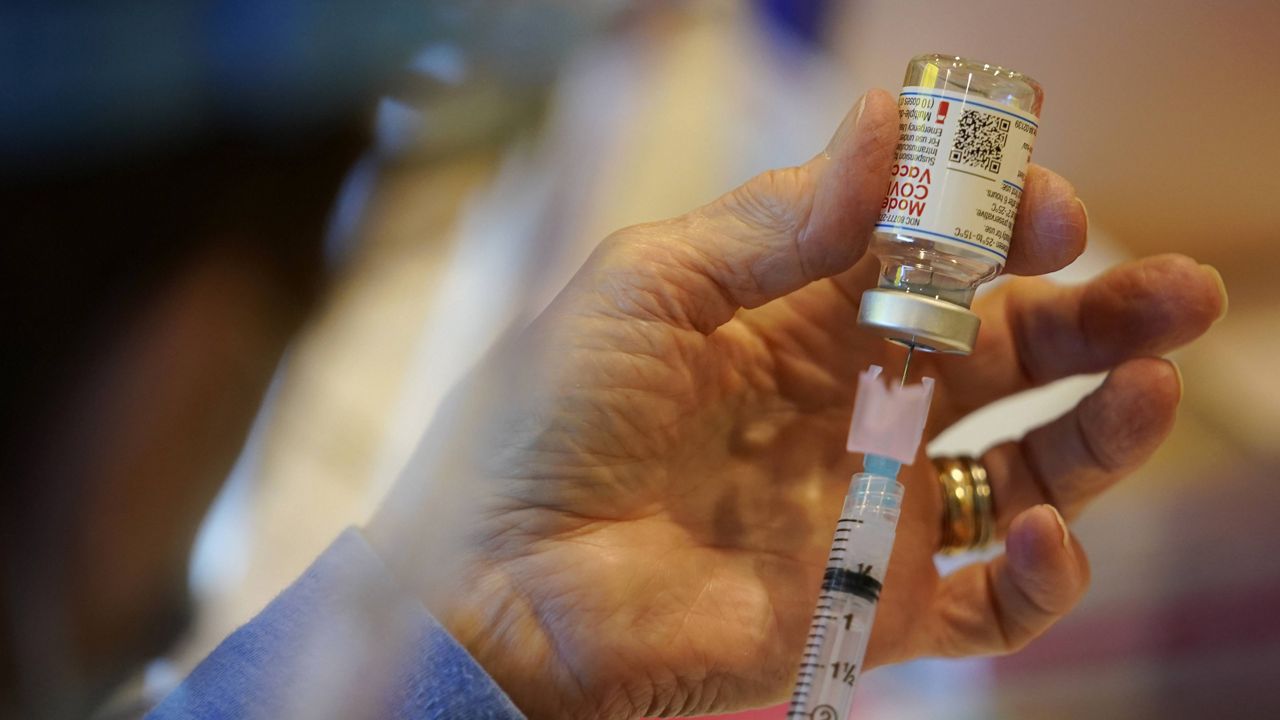Health officials and researchers are gaining a clearer view of just how effective COVID-19 vaccines have been in the early months after their rollout.
What You Need To Know
- A study from the Centers for Disease Control of Prevention found that there were just 10,262 breakthrough cases across 46 states among the 101 million people who were full vaccinated from Jan. 1 to April 30
- The CDC defines breakthrough cases as people who test positive for the virus 14 or more days after receiving their final vaccination shot
- While the results are extremely encouraging, the study notes that the number of breakthrough infections is likely a substantial undercount
- The number of COVID-19 cases in the United States has plunged as more Americans have gotten vaccinated
A study from the Centers for Disease Control of Prevention published Tuesday found that there were just 10,262 breakthrough cases across 46 states among the 101 million people who were fully vaccinated from Jan. 1 to April 30. That amounts to just .01%.
The CDC defines breakthrough cases as people who test positive for the virus 14 or more days after receiving their final vaccination shot.
While the results are extremely encouraging, the study notes that the number of breakthrough infections is likely a substantial undercount because the national surveillance system relies on state health departments to voluntarily report them and because many people with asymptomatic or mild breakthrough cases might not get tested.
“Even though FDA-authorized vaccines are highly effective, breakthrough cases are expected, especially before population immunity reaches sufficient levels to further decrease transmission,” the study says. “However, vaccine breakthrough infections occur in only a small fraction of all vaccinated persons and account for a small percentage of all COVID-19 cases. The number of COVID-19 cases, hospitalizations, and deaths that will be prevented among vaccinated persons will far exceed the number of vaccine breakthrough cases.”
Twenty-seven percent of breakthrough infections were asymptomatic. Ten percent of the infected individuals were known to be hospitalized, while 2% died. However, 29% of the 995 patients admitted to hospitals were asymptomatic or hospitalized for a reason unrelated to COVID-19, the study said. Eighteen percent of the 28 who died were asymptomatic or died from a cause unrelated to the virus — their median age was 82.
The distribution of breakthrough infections across age and sex demographics was in line with the general population, the researchers found.
About 5% of the cases underwent genome sequencing — a number the scientists acknowledged was small. They, however, said the proportion of reported breakthrough cases attributed to variants of concern was similar to the proportion of variants circulating throughout the the country.
The study revealed that the CDC has shifted its focus when it comes to investigating breakthrough infections. Starting May 1, the agency began only looking into cases in which fully vaccinated people were hospitalized or died, although it will continue to lead studies to evaluate vaccine effectiveness and collect information on all vaccine breakthrough cases, regardless of their severity.
The change will allow the CDC to devote more attention to “the cases of highest clinical and public health significance,” the agency said.
The number of COVID-19 cases in the United States has plunged as more Americans have gotten vaccinated. As of Tuesday, 39.5% of all Americans have been fully vaccinated — including half of all adults — while the seven-day average of new daily cases stood at 23,215, its lowest point since June 14.
There are three vaccines currently authorized for emergency use in the U.S. Clinical trial data showed the two-shot Pfizer-BioNTech and Moderna vaccines were 95% effective at preventing symptomatic COVID-19. The single-shot vaccine developed by Johnson & Johnson was shown to be 72% effective in the U.S.



